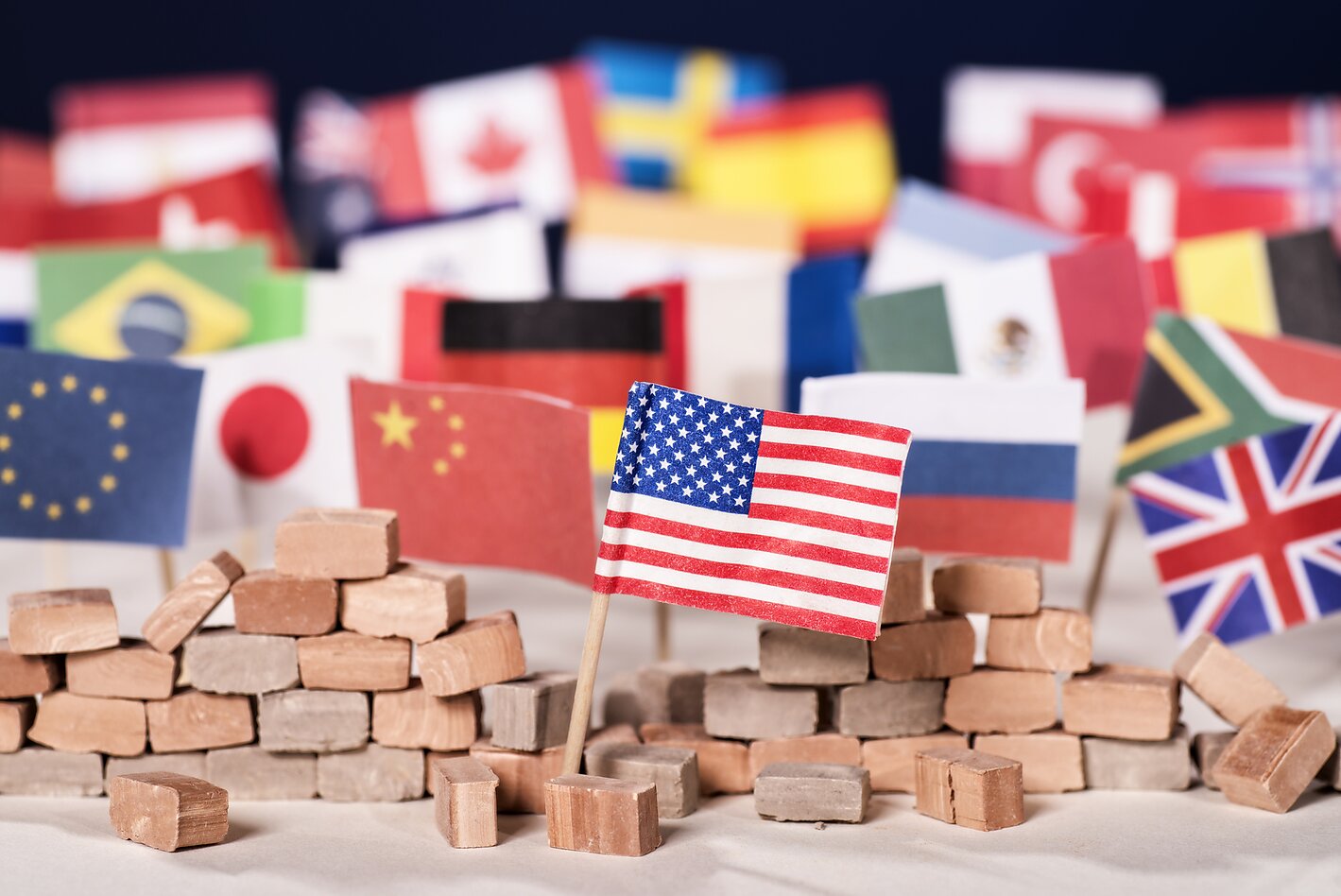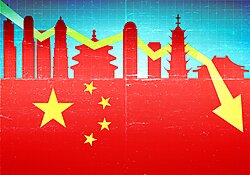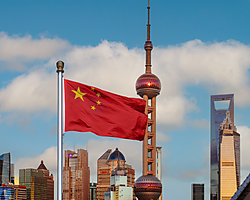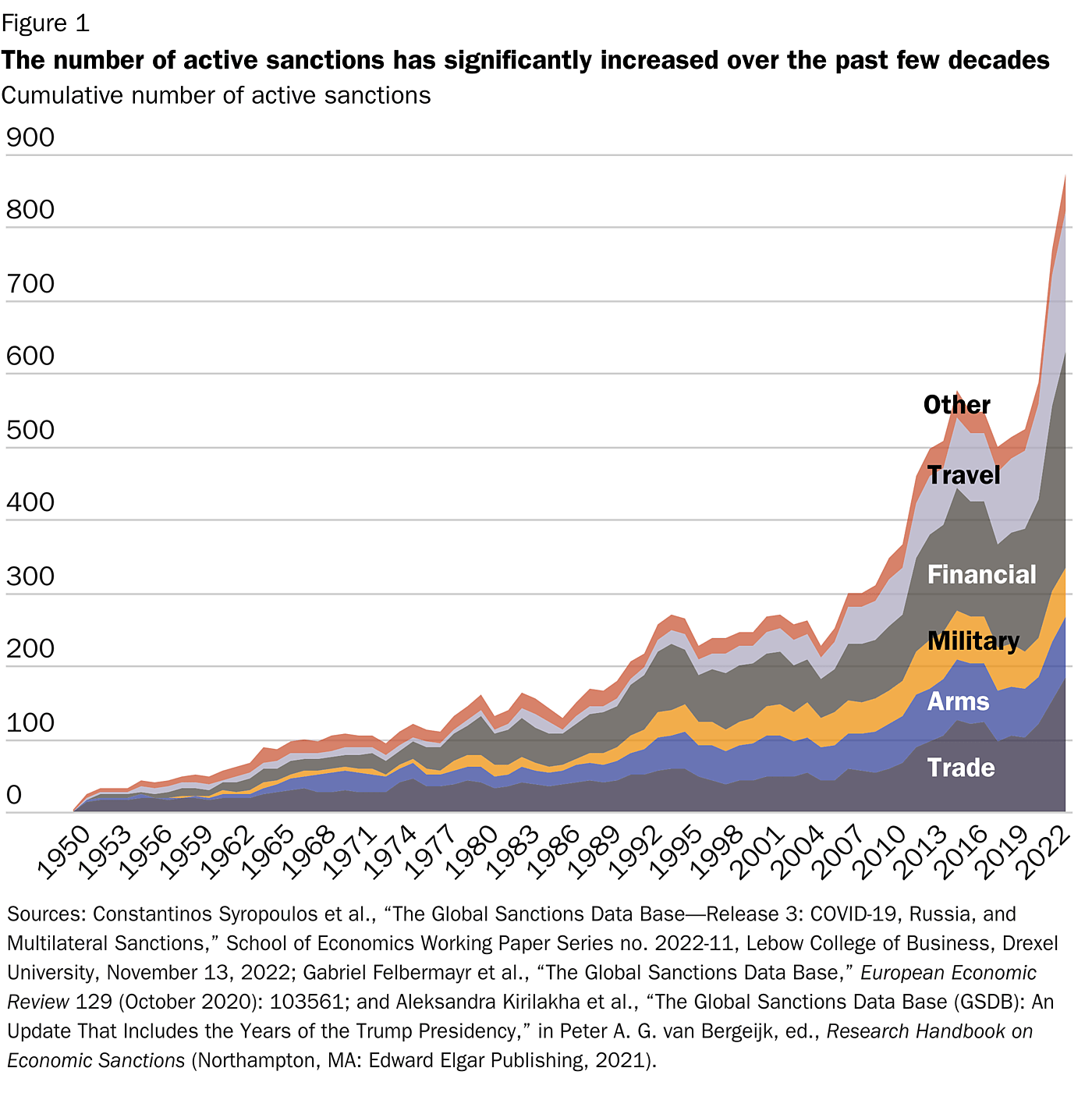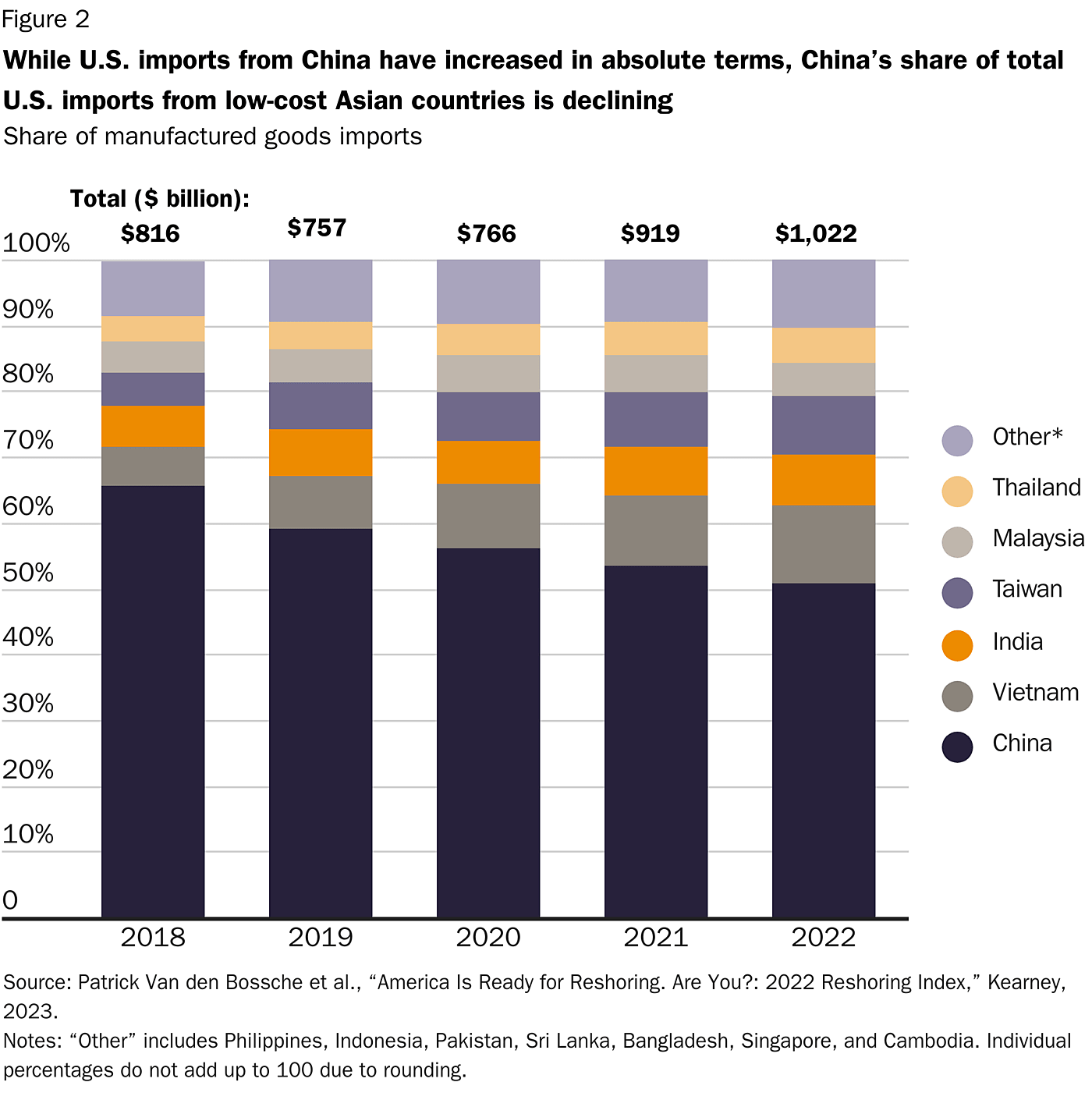The end of the Cold War discredited the development strategies of central planning as well as import substitution and industrialization. These failures buoyed advocates of the “Washington Consensus” to promote neoliberal policies as a template for transition economies as well as the Global South. These ideas diffused through the rest of the world in the 1990s. Neoliberalism was easier to advance as the United States encouraged developing and transition economies to join the Bretton Woods Institutions: the International Monetary Fund, World Bank, and World Trade Organization (WTO), the successor to the General Agreement on Tariffs and Trade (GATT). The GATT had fewer than 100 members as the Cold War was ending. By the end of 2000, an institutionally stronger WTO had added an additional 45 members, with China’s 2001 entrance entering final negotiations.
All of this was consistent with the tenets of liberal internationalism. Long before Adam Smith argued that free trade was economically beneficial, advocates for freer trade viewed international exchange as a means of reducing the risk of war. As far back as Norman Angell’s pre–World War I pamphlets, scholars had argued that the gains from trade far outweighed the gains of plunder. A more open economy would therefore reward productive entrepreneurship far more than destructive entrepreneurship. The modern version of this argument came from political scientists Robert Keohane and Joseph Nye, who argued in Power and Interdependence that “networks of interdependence” would constrain the use of force across most issue areas.
During the post–Cold War era, both scholars and policymakers embraced this view of interdependence. Since 2016, however, there has been a sea change in elite attitudes about the costs and benefits of economic interdependence. In 2019, Henry Farrell and Abraham Newman published a blockbuster paper in International Security pointing out that networked economic structures—such as global supply chains, energy pipelines, and capital markets—created interdependencies that state actors could weaponize. Soon, everyone inside the Beltway had embraced the idea. In Chip War: The Fight for the World’s Most Critical Technology (p. 317), Christopher Miller quoted one U.S. official saying, “weaponized interdependence, it’s a beautiful thing.” The result has been widespread predictions of “deglobalization.”
The new security fears about interdependence meshed nicely with policymakers searching for a post-neoliberal worldview. This search was rooted in part by an economic conviction that neoliberal economic policies had enriched China and the 1 percent on the backs of America’s working class—a hypothesis that goes beyond the scope of this essay and is addressed by others in this series. It was also rooted by the perception that multiple recent shocks had exposed the folly of excessive interdependence. The coronavirus pandemic seemingly confirmed the risks of relying on other countries for vital supply chains. Russia’s invasion of Ukraine and its weaponization of energy pipelines to Europe have highlighted the risk of weaponized interdependence.
This essay stands athwart this paranoia about malevolent forms of interdependence and yells, “stop!” Economic interdependence is hardly a cure-all for U.S. national security concerns, but it also is not the acute national security threat that is commonly articulated inside the Beltway. Concerns have been greatly exaggerated, while the geopolitical benefits of interdependence have been underestimated. Even in 2023, China’s interdependence with the Organisation for Economic Co-operation and Development economies has acted as a constraint on its foreign policy behavior. Indeed, the Biden administration seems belatedly aware that it has stigmatized trade with China a bit too much. If current trends persist, however, the United States risks further geoeconomic fragmentation—and the loosening of those constraints. The worldview of malevolent interdependence is likely wrong, but those fears can be self-fulfilling. In other words, if policymakers continue to view globalization as a threat, then the combined policy responses are likely to increase the likelihood of great power conflict.
